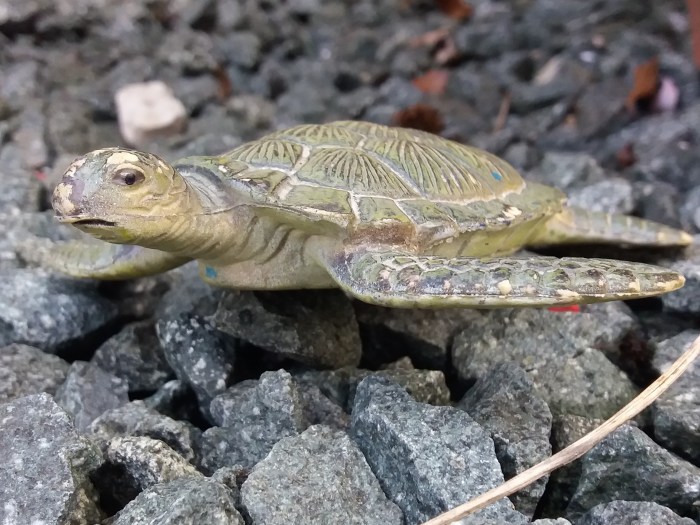Review and images by JimoAi; edited by bmathison1972
Red-eared sliders (Trachemys scripta elegans) are a semi-aquatic species of turtles (in some places, they are also known as terrapins). They are found in most freshwater habitats of North America, including the southern United States and Northern Mexico. Juveniles are typically a green colour with a ‘red ear’ (hence the name) but as they get older, they turn to more of a brownish colour and the red ear fades.















